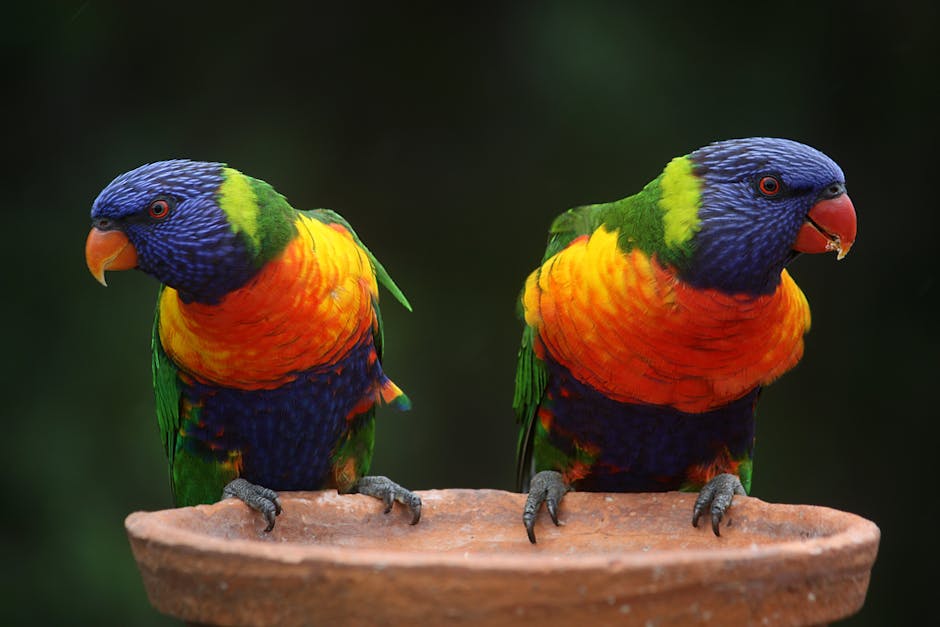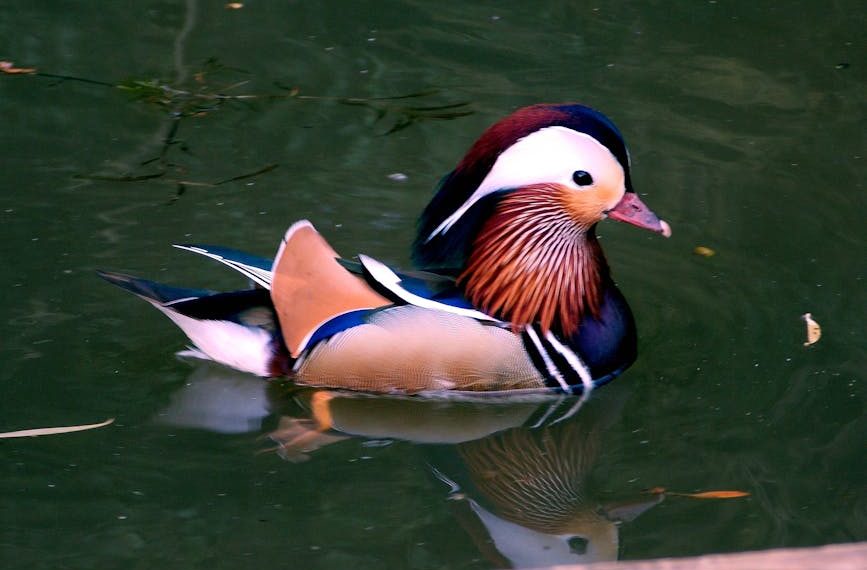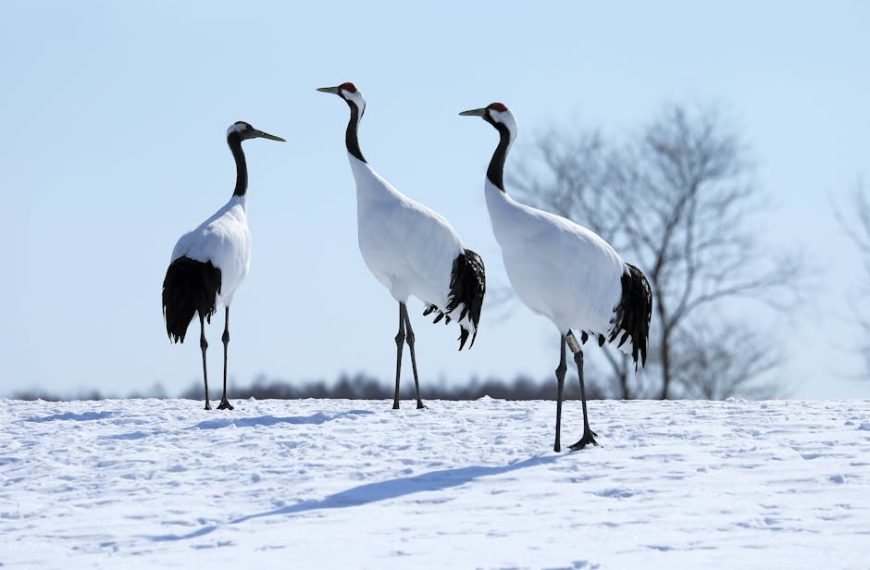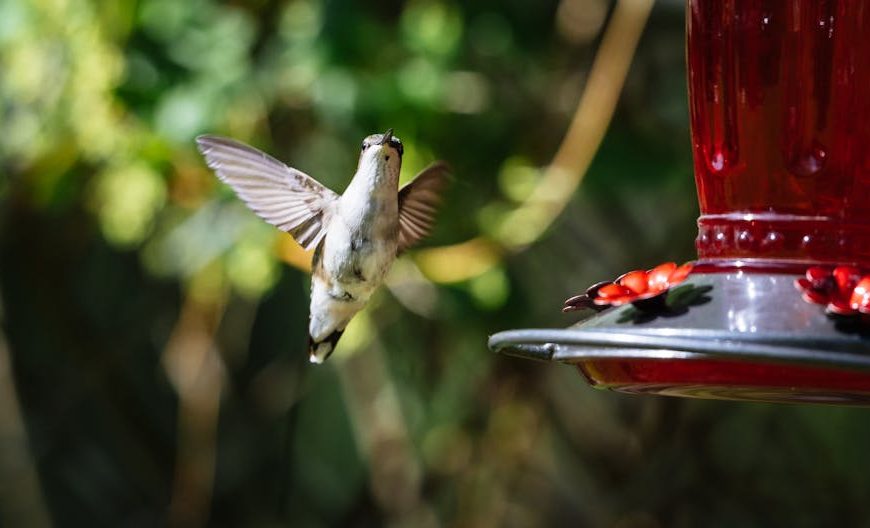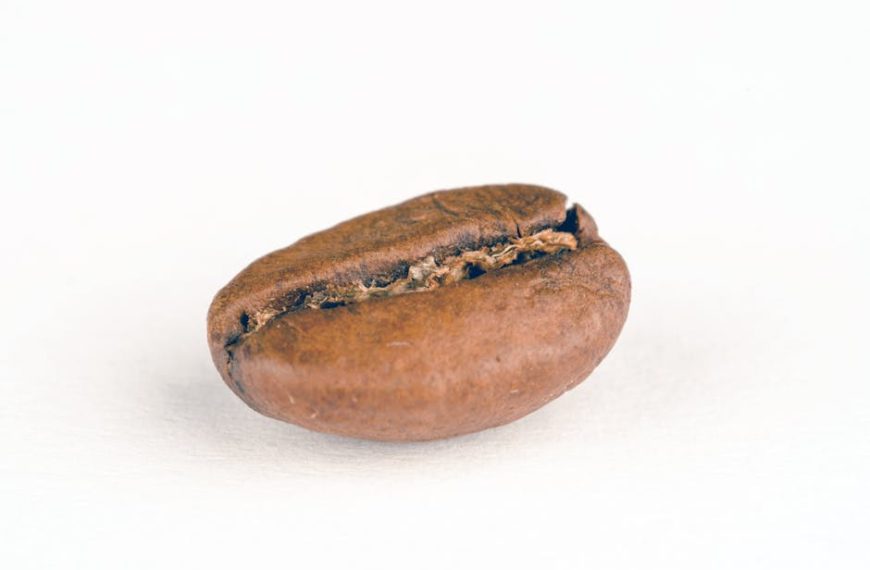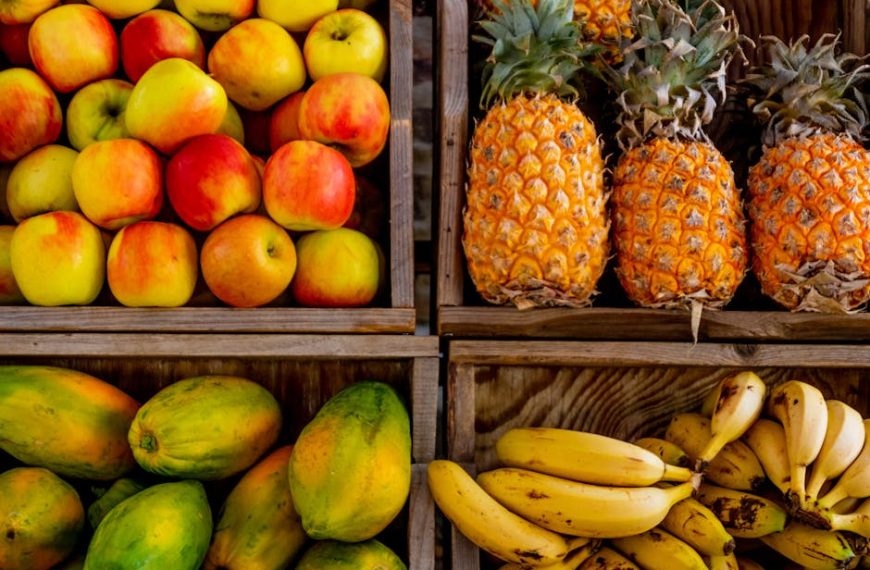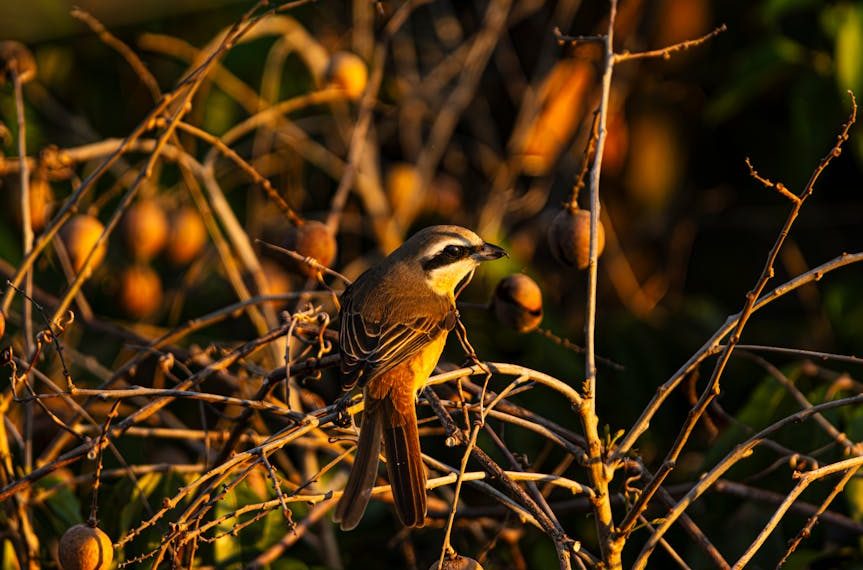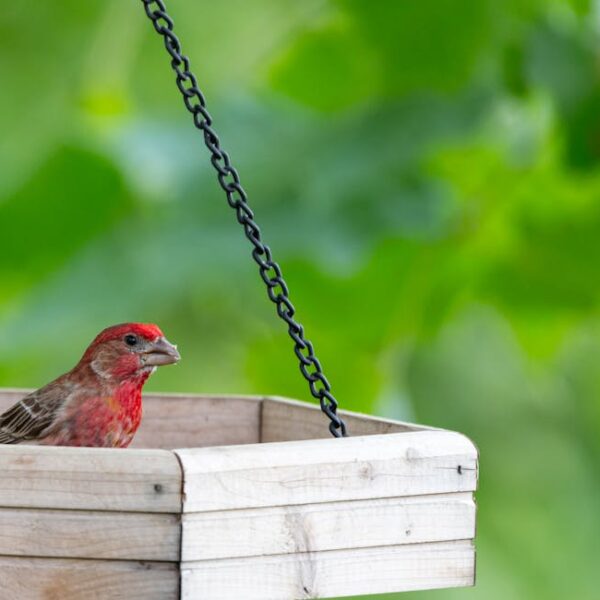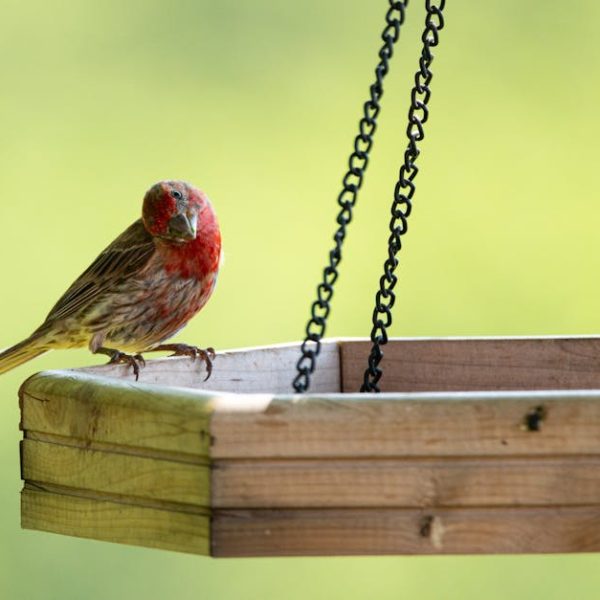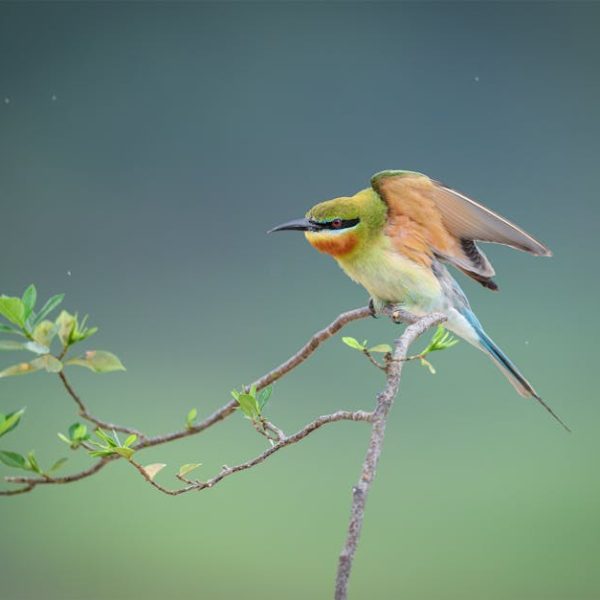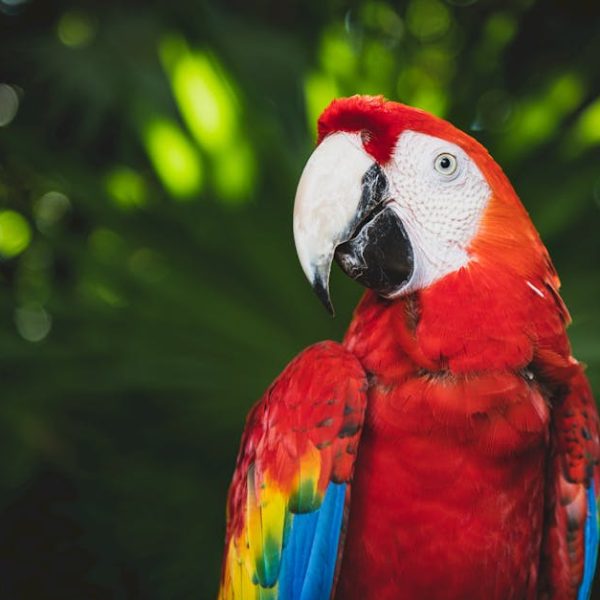Who knew that peanuts could be such a beloved snack – not just for humans, but for our feathered friends too? Yes, you heard it right! A number of bird species adore peanuts due to their high content of protein and fats. This nutritious, year-round snack not only keeps them satiated but also offers a fun and engaging feeding experience due to their distinctive shape. That’s why many bird aficionados find an influx of different feathered species flocking to birdfeeders when peanuts are provided. Thus, let’s delve deeper, shall we?
The Attraction of Birds to Peanuts
Imagine you’re a bird, soaring high in the sky. The continuous flapping of wings and long flights can take a toll on your energy levels. Hence, you need something that’s nutrient-dense, and peanuts fit the bill perfectly.
With a high protein content and enticing fat reserves, peanuts serve as an ideal food source for birds. Furthermore, their availability throughout the year makes them an attractive option for these avian creatures.
An additional bonus comes in the shape of a peanut. It’s a unique and fun challenge for many birds. The process of pecking and maneuvering around the small, round nut presents a delightful puzzle to their routine feeding habits.
Listen up bird enthusiasts: here’s a pro tip – Always ensure the peanuts you offer to birds are unsalted. As salt can harm these delicate creatures, choosing unsalted peanuts contributes to the birds’ well-being while allowing them to enjoy their favorite snack.
The Different Types of Birds That Love Peanuts
Now that we know why birds are drawn to peanuts, let’s explore which of our avian friends are particularly fond of them.
Begin with the majestic woodpeckers. Their sharp beaks and love for drilling into the toughest surfaces make peanuts an enjoyable challenge. Besides woodpeckers, blue jays too have a penchant for peanuts. Their vibrant plumages are often seen hovering near bird feeders filled with these protein-packed nibbles. Juncos, with their swift movements, can’t resist the allure of peanuts either.
Each bird comes with its unique features and dietary needs. For instance, woodpeckers need a high energy diet, which peanuts readily provide, while blue jays and juncos use the nutrient-rich peanuts for their growth and development.
The method each bird uses to consume the peanut also differs, presenting a fascinating spectacle for spectators. For example, while woodpeckers may carefully hold the peanut and peck away, blue jays quickly snatch them and fly to a safe spot for a leisurely meal.
Comparing the Feeding Style: Woodpeckers vs. Blue Jays
| Bird | Feeding Style | Typical Behavior |
|---|---|---|
| Woodpeckers | Peck at the peanut while holding it | Stays nearby to eat |
| Blue Jays | Snatch and fly away with the peanut | Goes to a safe spot to eat |
Best practices to remember here – try to include ingredients other than peanuts in your bird feeder as well. This strategy helps attract a variety of birds while also catering to their dietary needs.
How to Attract Peanut-Loving Birds to Your Garden
Interested in turning your garden into a home for peanut-loving birds? The key lies in the right planning and positioning of bird feeders, selection of seeds, and offering peanuts at the right time.
Picking bird feeders is the first step to consider. Mesh-type feeders are great as they allow birds to peck at peanuts easily while hanging tube feeders help attract birds like woodpeckers who enjoy a challenge. The location of the feeder plays a pivotal role too. It should be placed where birds can spot it easily yet feel safe from potential predators.
Combining peanuts with other varieties of birdseed can effectively cater to different dietary needs while spikes in attraction rate. Don’t forget the water sources! A small birdbath or even a water tray is a great addition to your feeder station.
Wondering the right time to put out peanuts? Mornings are ideal! As birds generally look for food early in the day, keeping your feeders stocked up in the early hours can invite a flock of feathered friends.
Checklist for an Effective Bird Feeder Station
- Use a mix of seeds and nuts including peanuts
- Choose quality, sturdy bird feeders
- Position the feeders in a secure, easily spotted area
- Keep water sources nearby
- Refill the feeders especially during early mornings
Here is a Pro tip for you – High tree branches or tall posts are excellent locations to place bird feeders. They’re easy to spot, attract a wide variety of species, and offer added security against predators.
The Impact of Feeding Peanuts on Birds’ Health and Behavior
Feeding birds with peanuts can result in a significant impact on their health and behavior. As peanuts are packed with nutrients, birds that consume them may exhibit a healthy increase in their energy levels and may even lead to possible weight gain. This added sustenance can potentially increase the bird’s lifespan.
However, this regular source of high-energy food can also prompt changes in bird behavior, such as altered migration patterns and increased competition for food resources. A regular diet of peanuts could lead to some birds becoming habituated to human-provided food. This is why it’s crucial to also encourage natural foraging behavior.
It’s all about balance! Moderate the number of peanuts you put out and how often you replenish the feeders. It’s typically fine to maintain a regular influx of peanuts during harsh weather conditions when other sources of food may be scarce but refrain from over-feeding.
Pros and Cons of Feeding Peanuts to Birds
| Pros | Cons |
|---|---|
| Provides nutrient-rich diet | May lead to habituation |
| Can attract a variety of bird species | Could alter natural behavior patterns |
Understanding the Risks involved in Offering Peanuts to Birds
Remember, while it’s gratifying to see a garden full of vibrant birds, precaution is essential. One of the risks involved in feeding birds peanuts is the potential incidence of fungus or mold. This could be harmful, even fatal, for birds. Hence, always ensure that the peanuts are fresh, have been stored properly, and show no signs of mold or dampness.
Over-dependence on human-provided food sources can also potentially result in a decline of natural foraging behavior. This could disrupt the balance of the ecosystem and lead to problems like overpopulation in certain areas.
In the birding community, while many support feeding wild birds, others suggest that it may lead to negative impacts, such as dependency and disrupted migration patterns.
Best Practices to Prevent Negative Impacts
- Regularly clean bird-feeders to prevent mold growth
- Maintain a schedule to ensure birds do not become overly reliant on your feeder
- Try to use a variety of seeds and nuts, not just peanuts
- Observe the overall health and behavior of the birds to detect potential problems
Here’s a valuable Pro Tip – Always opt for unroasted, unsalted peanuts when filling your bird feeder. These are naturally processed and safer for bird consumption. Enjoy the mesmerizing sight of birds visiting your garden while also ensuring their health and safety!
Key Takeaway:
- Peanuts are an attractive food for birds due to their high protein and fat content, as well as the challenge they offer due to their shape. However, they must be unsalted and free from harmful molds or fungi.
- Certain bird species particularly fond of peanuts include woodpeckers, blue jays, and juncos; each having unique traits, dietary needs and different ways of consuming peanuts.
- Properly placed birdfeeders filled with peanuts can attract these birds to your garden, with best practices suggesting a mix of different seeds to cater to varied diets.
- While feeding peanuts can boost bird health and lifespan, moderation is critical to prevent dependency and avoid disruption to natural behavior and migration patterns.
- It is essential to be aware of the potential risks of feeding birds peanuts, including the potential for over-reliance on human-provided food, and to take steps to mitigate these.
Whether you’re a bird expert or a beginner, you can enjoy the delight of attracting a variety of bird species to your garden with the simple addition of peanuts. Remember to balance the birds’ love for peanuts with their need for natural foraging, to ensure a sustainable and enjoyable birdwatching experience.
FAQs
Q: How do birds eat peanuts?
A: The method varies among different species. For instance, woodpeckers typically peck at the peanut while holding it, whereas blue jays snatch the peanut and fly to a safe place to eat it.
Q: What else can I add to my bird feeder to attract a variety of birds?
A: Mixing in a variety of seeds and nuts with the peanuts can help attract different bird species and cater to their different dietary requirements.
Q: What precautions can I take to ensure the peanuts I use are safe for the birds?
A: To ensure safety, opt for unroasted and unsalted peanuts. Also, store them properly away from dampness to prevent the growth of mold or fungus, which can be harmful to birds.
Q: How can I prevent birds from becoming overly reliant on my bird feeder?
A: Maintaining a schedule and not constantly refilling the bird feeder can prevent birds from becoming over-dependent on it. Encouraging natural foraging behavior is also important.
Q: How does feeding peanuts to birds impact their health and behavior?
A: Peanuts can be beneficial to bird health due to their nutrient-rich nature, potentially leading to increased lifespan. However, overfeeding or constant access to peanuts can disrupt natural behavior patterns and potentially create dependency on human-provided food.
We hope you found this article helpful and encourage you to share it with fellow bird enthusiasts! For more intriguing articles, feel free to explore other posts on our website.
